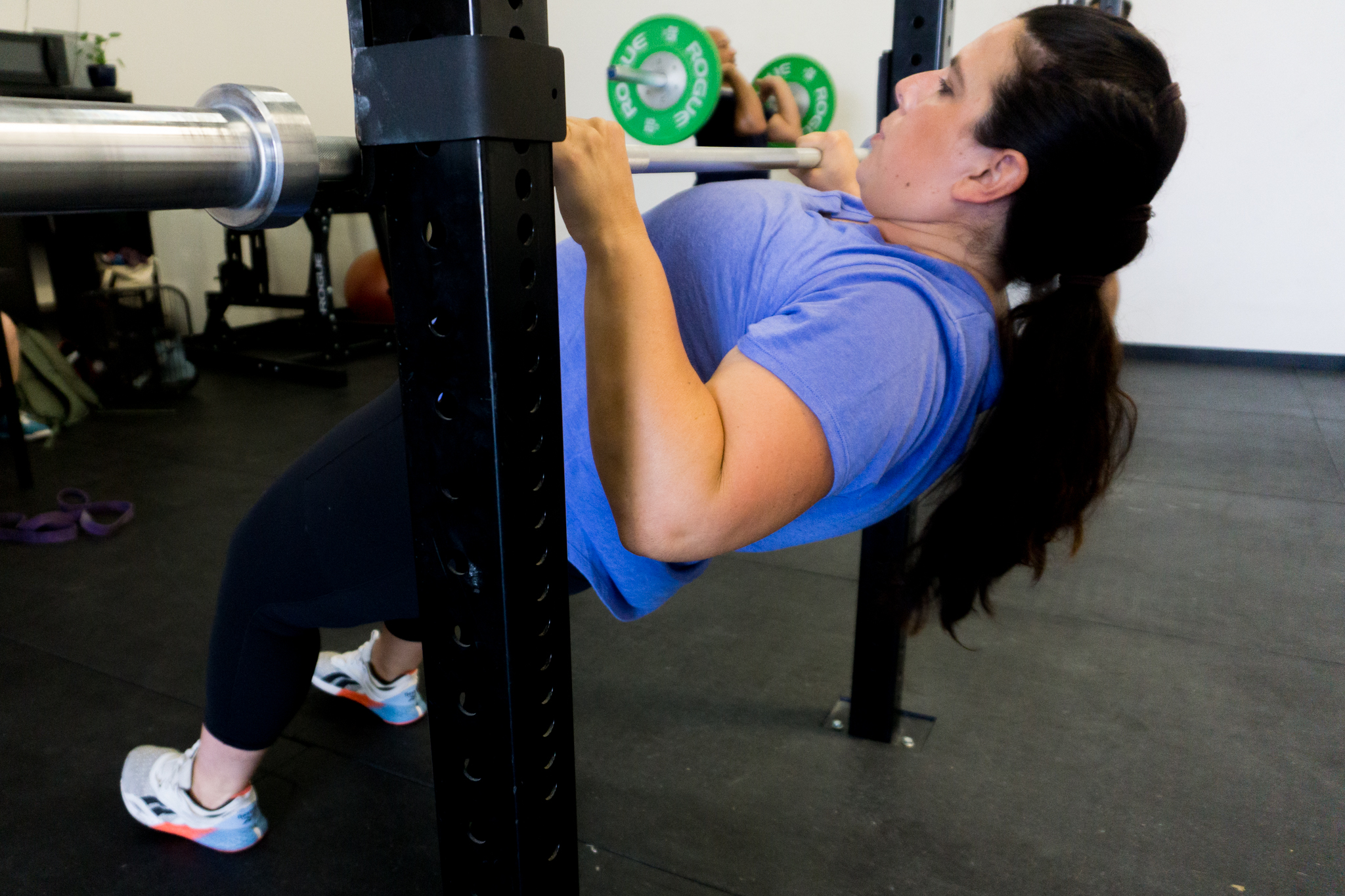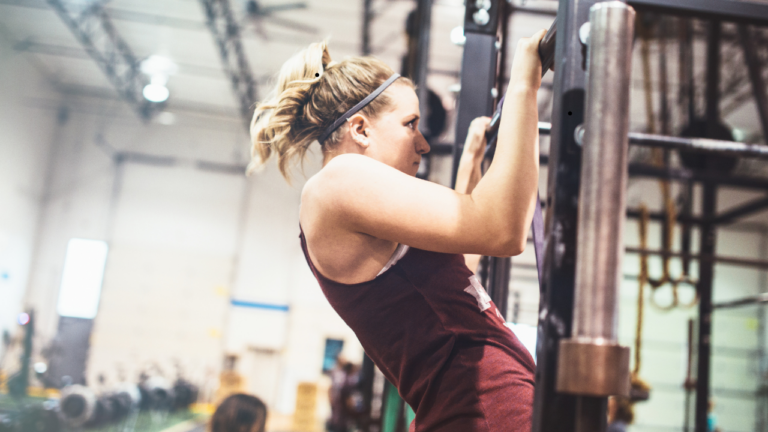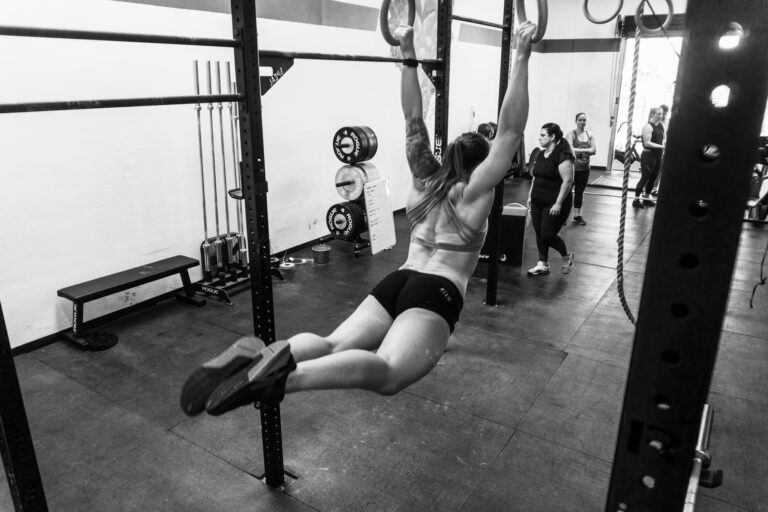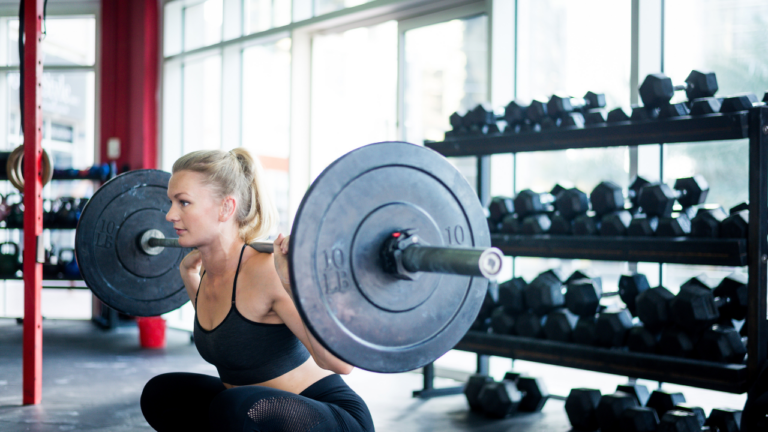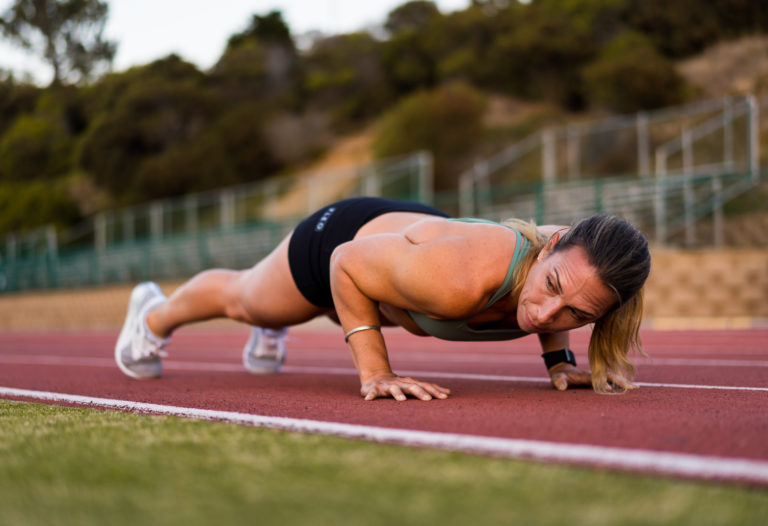How to Add in Accessory Programming
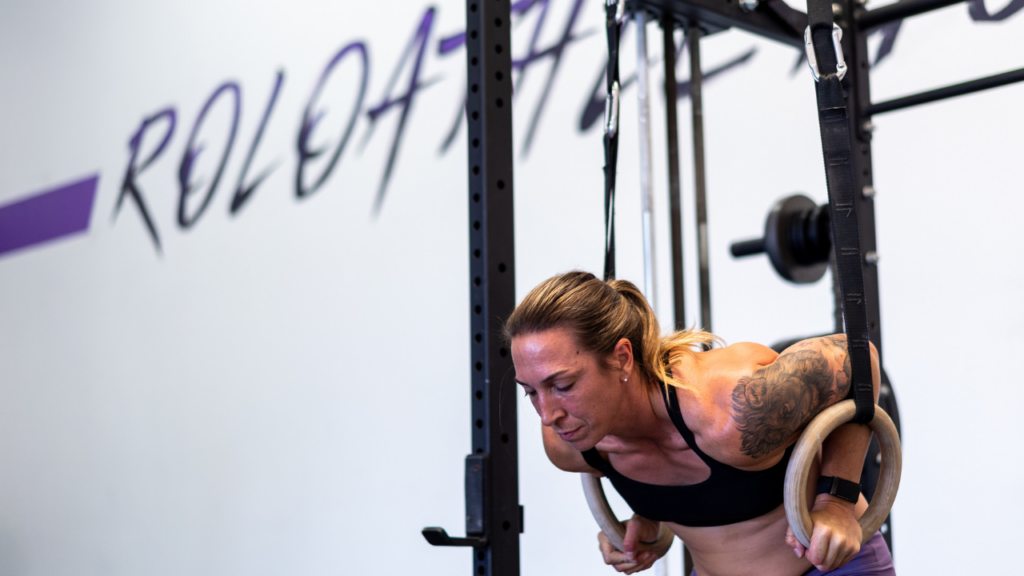
You’ve been doing CrossFit for some time now. Maybe 6 months, maybe a few years.
As the time progresses you’ve become very passionate about the sport, and you’re eager to get working on your weaknesses outside of class. At first maybe you start messing around with adding in a few extra banded pull-ups or spend time time working on your positions in the snatch.
Then you start to browse the online world of CrossFit and see all the recommendations to work on ALL the things, and your brain starts to whirl.
At this point many of us start following a few advanced athletes or CrossFit programs and add in what they recommend for a whole bunch of things.
One day you’re working on your handstand push ups. The next day it’s toes to bar. Then maybe you add in some extra core.
It can be daunting when you think about all the things we have to get good at, and where the heck we’re supposed to start when we ARE ready to spend more time training.
Here are the tips we give our athletes when they’re ready for more.
#1 – Pick one or two things to work on at a time, and focus just on those
This doesn’t mean you can’t eventually work on everything, but focusing allows you to be mindful of your time, have your accessory work aligned with a progression, and helps keep your body healthy. It’s counterproductive to work on back squats while also trying to PR your 1mile run time. Pick at most two things to work on, and ideally those two things compliment each other (for instance working on pull-ups and toes to bar).
#2 – Assess how much time you can commit to adding things in
If you only have 15 minutes three times a week after class, it doesn’t make sense to sign up for a 60 minute 5 time a week lifting program. This only sets you up to feel overwhelmed and disappointed. Look at your schedule week to week and be honest with how much time you can (and want!) to add additional things in.
#3 – Be realistic with your goals
You can have muscle ups and a heavy snatch and parallette handstand push ups. But if you just got your first pull-up, we have some work to do between here and your first muscle up. Make small AND big goals, and be realistic about what’s achievable with the time you have available to train.
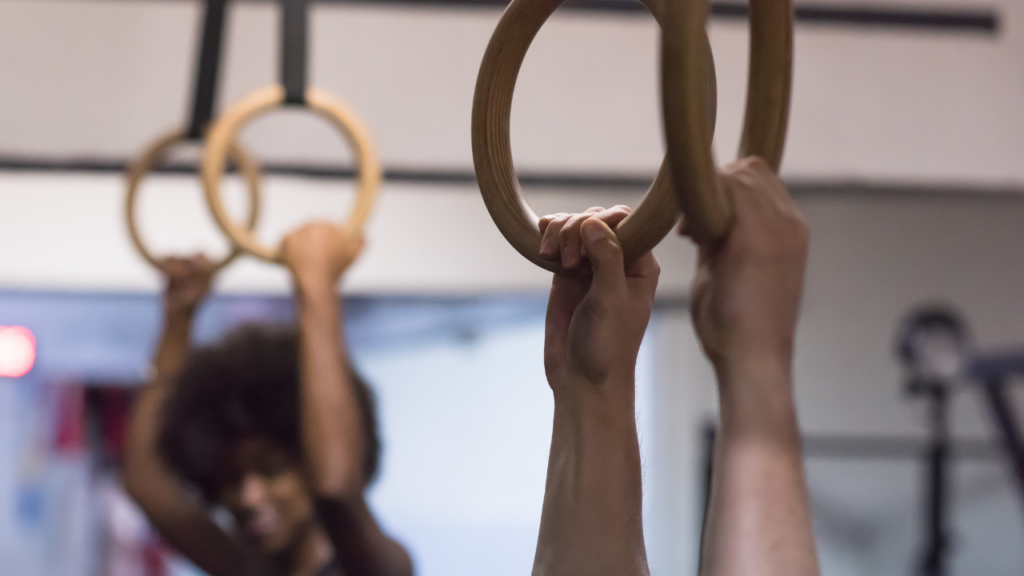
#4 Find a program to follow or get someone to write you one
You can even write out your own plan, but you should have a plan. Saying “I’m going to work on my pull-ups every day for 10 minutes after class” but you don’t have a program or plan to follow is going to make it VERY easy to leave the gym without getting in the extra work. Having even a spreadsheet you made with “4×5 pull-up negatives” on Monday, Wednesday, and Friday gets you one step closer to actually working on them!
#5 Write down in your calendar or scheduler when you’re going to do the extra
Get a visual of WHAT you’re going to be doing (this is where you want that program available!) so you can SEE yourself being successful with it.
#6 Bring food
You’re staying longer at the gym, one of the EASIEST ways to not put in the extra is if you’re hungry! Plan accordingly- have a scoop of protein and a banana, a protein bar, even a small baked potato with cottage cheese, and eat this around the 60-90 minute mark to help keep you fueled!
#7 Consider doing the accessory first
If you can, try making yourself get to the gym and get your accessory done first, especially if it’s gymnastics/upper body. This way you’re fresh, can focus, and then when class is over you’re done for the day!
Now that you have the tips, sit down and write it all out, and then let’s crush some extra training! Questions, comments, feel free to post below!
